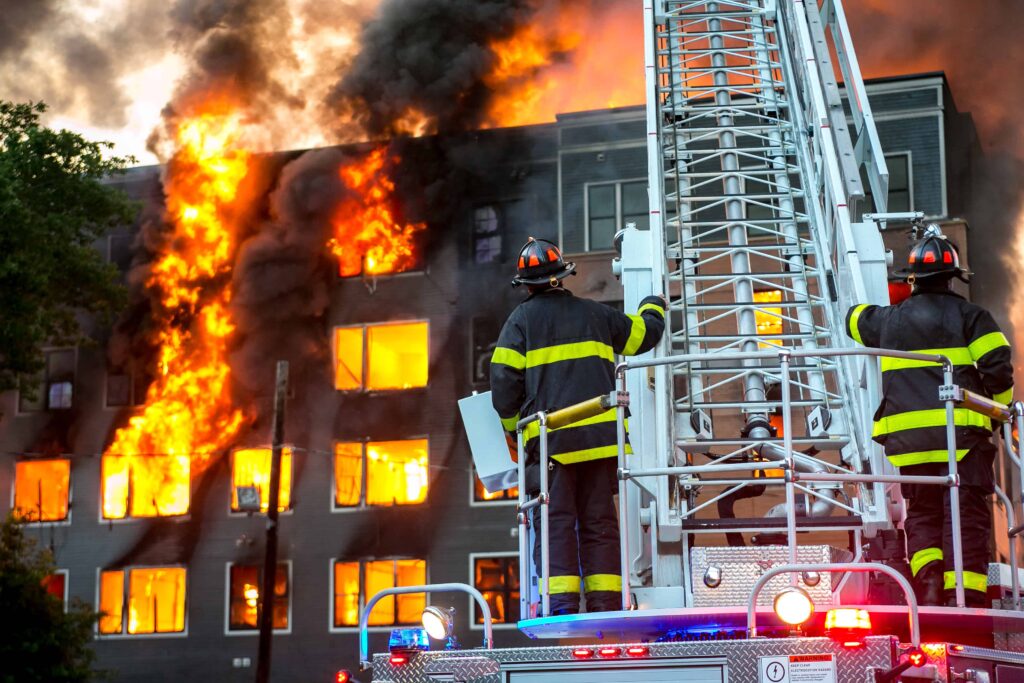
As the end of 2022 draws closer, let’s reflect on a significant policy change that impacts how we address fire safety in class two buildings.
…
Safety standards for Australian apartment buildings have recently improved.
This year has ushered in some of the biggest changes in passive fire protection laws over five decades.
Class two buildings must now be tested to the latest standards for passive fire protection testing methods. It’s no longer acceptable to rely on fire safety tests that were performed with outdated standards, as previously occurred.
As such, any passive fire protection system that relies on older tests won’t be permitted when constructing new buildings or retrofitting existing properties.
The changes were implemented in September 2022 to prevent tragedies such as the Grenfell tower fires in London.
These systems consist of different components, such as walls, floors, doors, electrical cables and plumbing. In the event of a fire, these systems contain the outbreak to one compartment of a building so that people in other areas can safely exit and firefighters have better access.
This crucial element of fire safety was previously overlooked because a loophole in the National Construction Code (NCC) didn’t require for products to be retested as fire testing standards improved.
As a result, non-compliant installations were approved. This sometimes led to high expenses for strata bodies and building owners when problems were discovered later down the track.
“Many systems being sold and installed were fire tested over 30 years ago, and do not provide the requisite protection that modern buildings deserve,” said John Rakic, owner of Trafalgar Fire, a manufacturer of passive fire protection systems.
The responsibility was delegated to various trades, who would complete a certificate saying that all penetrations were correctly installed. There usually wasn’t more detail than this.
“Down the track, this led to serious problems that cost strata bodies and building owners a lot of money to fix. Some builders would avoid liability by winding up their company, leaving the building owners or strata bodies with big bills. Of course, it is everyday Australians that end up paying. Something had to change.”
This loophole was addressed in the 2019 revision of the NCC, which stated that everything must be tested or retested to the latest standards in 2022.
NSW legislation adds a layer of urgency.
This is because building owners are required to apply for a pink slip on a yearly basis, to prove the building is safe (a similar scheme to safety certifications for cars).
Passive fire protection systems must be tested to the latest standards before the annual inspection, which occurs on the anniversary of receiving the certificate of occupancy.
As for buildings that are yet to be constructed, failure to follow the latest testing standards could delay the construction process.
In some cases, construction has been delayed because building companies need to tidy up the detailed design before receiving their construction certificate.
“Unless you’ve got detailed design now, which shows the products you use and how you put them in meets current Australian standards for waterproofing and fire protection, they will not issue you a construction certificate. You can’t start the civil works and start digging out the basement,” said Mr Rakic from Trafalgar Fire.
Trafalgar Fire manufactures passive fire protection systems that comply with the latest standards. You can find technical manuals for product systems and training videos related to the policy changes on their website.